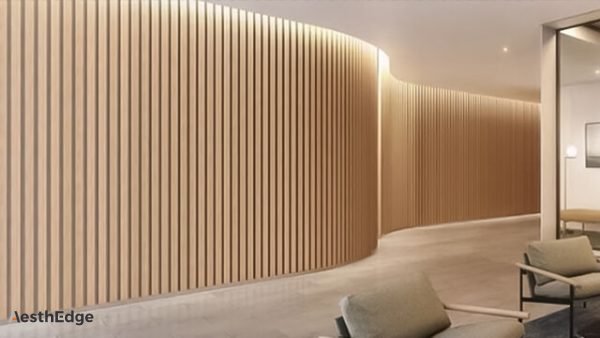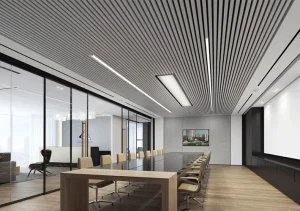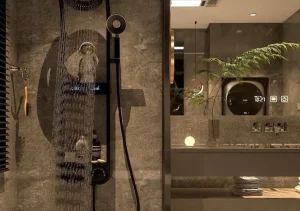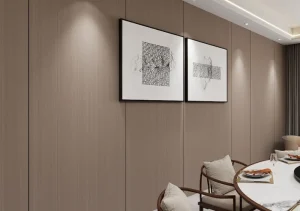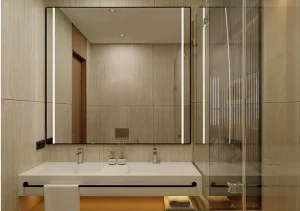Table of Contents
ToggleIntroduction
In the modern hospitality industry, interior and exterior decoration plays a pivotal role in shaping a hotel’s image, brand identity, and customer experience. Among the numerous materials available for hotel decoration, PU stone (polyurethane stone) has emerged as a highly versatile, cost-effective, and aesthetically pleasing solution. With its authentic stone appearance, lightweight structure, and easy installation, PU stone has become increasingly popular in hotels ranging from boutique lodges to five-star resorts. This article explores the wide-ranging applications of PU stone in hotel decoration, highlighting its unique advantages, real-world applications, market trends, and suitability for international wholesale and project supply.
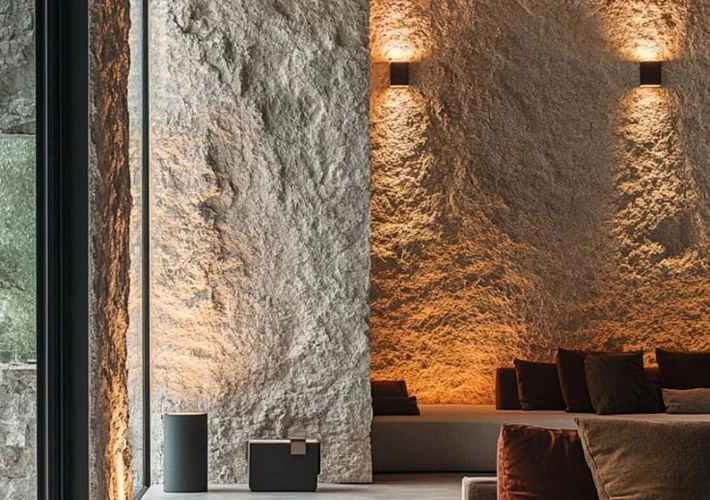
What is PU Stone?
PU stone, also known as polyurethane artificial stone, is a type of decorative material made from high-density polyurethane foam molded to replicate the texture and appearance of natural stone, brick, or other surfaces. It is commonly used as a wall cladding or architectural accent in both interior and exterior settings.
Key Features of PU Stone:
- Realistic Appearance: Mimics natural stone, brick, slate, and wood textures with high fidelity.
- Lightweight: Weighs only a fraction of natural stone, reducing structural load and shipping cost.
- Durable: UV-resistant, waterproof, weatherproof, and corrosion-resistant.
- Eco-Friendly: Free of harmful chemicals; some products are recyclable.
- Easy to Install: Can be cut, drilled, and adhered with simple tools.
- Thermal Insulation: Provides an extra layer of insulation for walls.
- Cost-Effective: Lower material and labor costs compared to real stone.
Advantages of PU Stone in Hotel Decoration
3.1 Aesthetic Flexibility
PU stone offers a wide variety of surface textures, patterns, and colors, giving hotel designers creative freedom to match different themes—classic, rustic, modern, Mediterranean, industrial, etc. Whether it’s an opulent lobby, a cozy guestroom, or a stylish restaurant, PU stone can adapt to the required aesthetic.
3.2 Enhanced Guest Experience
A well-designed hotel interior using PU stone panels helps create a warm, inviting, and immersive environment. For example, a reception area decorated with faux stacked stone adds grandeur and sophistication, enhancing the guest’s first impression.
3.3 Cost and Time Efficiency
Compared to using natural stone, PU stone drastically cuts installation time and reduces overall renovation costs—two crucial factors in hotel operations where downtime equates to revenue loss. A standard PU stone wall section can be installed in a matter of hours without specialized labor.
3.4 Environmental Benefits
Many PU stone panels are made with eco-conscious materials and are VOC-free, supporting the hospitality industry’s growing trend toward sustainable building practices and green certifications such as LEED.
3.5 Safety and Performance
PU stone is moisture-resistant, fire-retardant (when treated), anti-mildew, and dimensionally stable. It’s a safe choice for high-traffic areas, spas, bathrooms, and even outdoor environments exposed to changing weather.
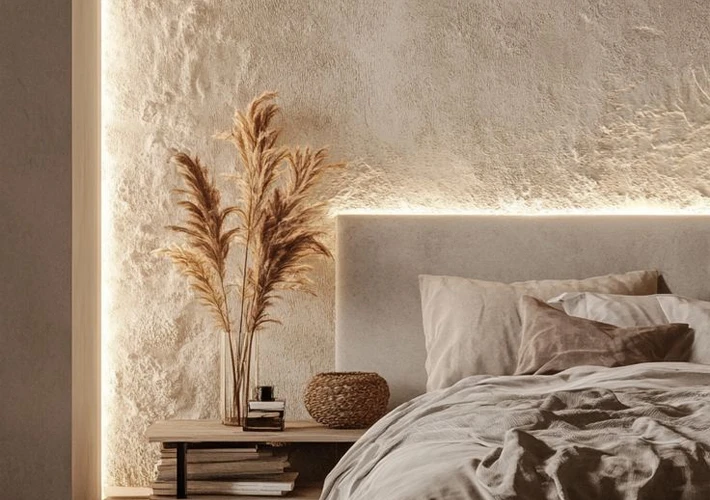
Typical Applications of PU Stone in Hotels
4.1 Hotel Facades and Exterior Walls
PU stone is frequently used to clad exterior walls, adding a classic or contemporary stone look without burdening the building structure. It withstands UV radiation, rain, wind, and other elements.
4.2 Reception and Lobby Design
The reception area is the face of the hotel. PU stone can be applied to feature walls behind the front desk, columns, and fireplace surrounds to elevate the grandeur and style of this space.
4.3 Guestroom Accent Walls
To avoid monotony in guestrooms, designers often introduce textured PU stone as accent walls behind beds or near windows, creating visual interest without compromising comfort.
4.4 Corridors and Elevator Halls
PU stone panels are ideal for narrow hotel corridors and elevator lobbies. They resist scratches, enhance sound insulation, and add warmth to these transitional spaces.
4.5 Restaurants, Cafés, and Bars
Hotel restaurants can be styled with PU stone to convey luxury or rustic charm. Wine cellars, bar counters, and kitchen walls can be clad with faux stone for character.
4.6 Spa and Wellness Areas
In wellness spaces, PU stone gives a natural, calming ambiance that aligns with relaxation and rejuvenation themes. It’s suitable for humid environments due to its water resistance.
4.7 Conference Rooms and Ballrooms
PU stone provides an elegant backdrop in large hotel halls and conference rooms, suitable for high-end corporate events, weddings, or banquets.
Case Studies: Real-World Applications
Case 1: Luxury Mountain Resort in Switzerland
The resort used PU stone extensively on both the interior and exterior. Exterior walls simulated natural granite while the interior lobby and spa areas adopted faux stacked stone for a cozy alpine feel. The choice of PU stone reduced transportation costs and simplified construction in a mountainous region.
Case 2: Boutique Hotel in California, USA
To achieve a Mediterranean vibe, designers used PU stone panels that resembled old-world limestone in the guest lounge and breakfast area. It added charm and warmth, helping boost the hotel’s occupancy rate through positive visual appeal on social media.
Case 3: Business Hotel in Dubai
The business hotel used minimalistic PU stone textures in its rooftop bar and lobby columns, aligning with its sleek brand image. The panels were chosen for their fire-retardant properties and ease of maintenance.
PU Stone vs Other Decorative Materials
| Material | PU Stone | Natural Stone | PVC Panels | WPC Panels |
|---|---|---|---|---|
| Weight | Very Light | Very Heavy | Light | Medium |
| Cost | Low | High | Medium | Medium |
| Installation | Easy | Difficult | Easy | Moderate |
| Realism | High | 100% natural | Medium | Medium |
| Weather Resistance | Excellent | Excellent | Good | Good |
| Thermal Insulation | Good | Poor | Medium | Medium |
| Surface Customization | Rich textures | Limited | Printed | Printed or embossed |
Market Demand and Trends
The global demand for PU stone in the hotel construction and renovation sector has been growing steadily, especially in the following regions:
- North America: Popular in boutique and mid-range hotels prioritizing fast refurbishment.
- Europe: Increasing interest from eco-conscious resorts and countryside inns.
- Middle East: High usage in luxury hotels aiming for stone aesthetics with modern functionality.
- Asia-Pacific: Rapid urbanization and hotel boom in Southeast Asia and China fueling demand.
Future Trends:
- Customization: Hotels increasingly request bespoke designs that align with branding.
- Sustainability: More projects specify VOC-free, recyclable PU stone materials.
- Modular Construction: Prefabricated PU stone walls are gaining traction for new builds.
- Smart Integration: PU stone panels integrated with lighting and sound absorption.
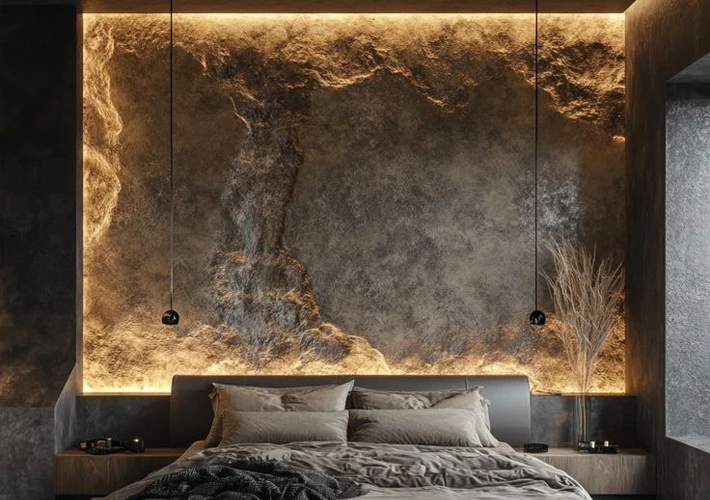
Installation Process Overview
The typical installation process of PU stone panels in hotel projects includes:
Wall Preparation: Clean, flat surface, suitable for adhesive bonding.
Panel Cutting: Panels are cut to size using hand tools or saws.
Adhesive Application: High-strength adhesive and optional screws are used.
Panel Mounting: Panels are pressed into place with staggered joints.
Detailing: Caulking or coloring is used to fill joints or create seamless finishes.
This simple process allows quick remodeling, even in operating hotels, without disturbing guests.
Business Perspective: Why B2B Clients Prefer PU Stone
9.1 For Wholesalers and Distributors
- Compact packaging and lightweight nature reduce shipping and warehousing costs.
- Wide range of designs satisfies varied regional aesthetics and market preferences.
9.2 For Contractors and Developers
- Fast installation means shorter construction cycles.
- Low labor requirement helps address skilled labor shortages.
9.3 For Hotel Brands
- Consistency in quality and design across branches.
- Lower long-term maintenance costs compared to natural stone.
Conclusion
PU stone has redefined the possibilities of hotel decoration with its exceptional balance of beauty, functionality, and economy. From luxurious facades to warm, inviting interiors, it offers a modern solution to traditional stone aesthetics without the associated drawbacks. For architects, interior designers, project developers, and global wholesalers, PU stone represents an opportunity to meet the growing demands of the hospitality industry with efficiency, innovation, and sustainability.
As hotel markets expand and the demand for cost-effective yet high-impact materials grows, PU stone will continue to shape the next generation of hotel environments worldwide.

